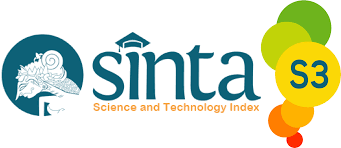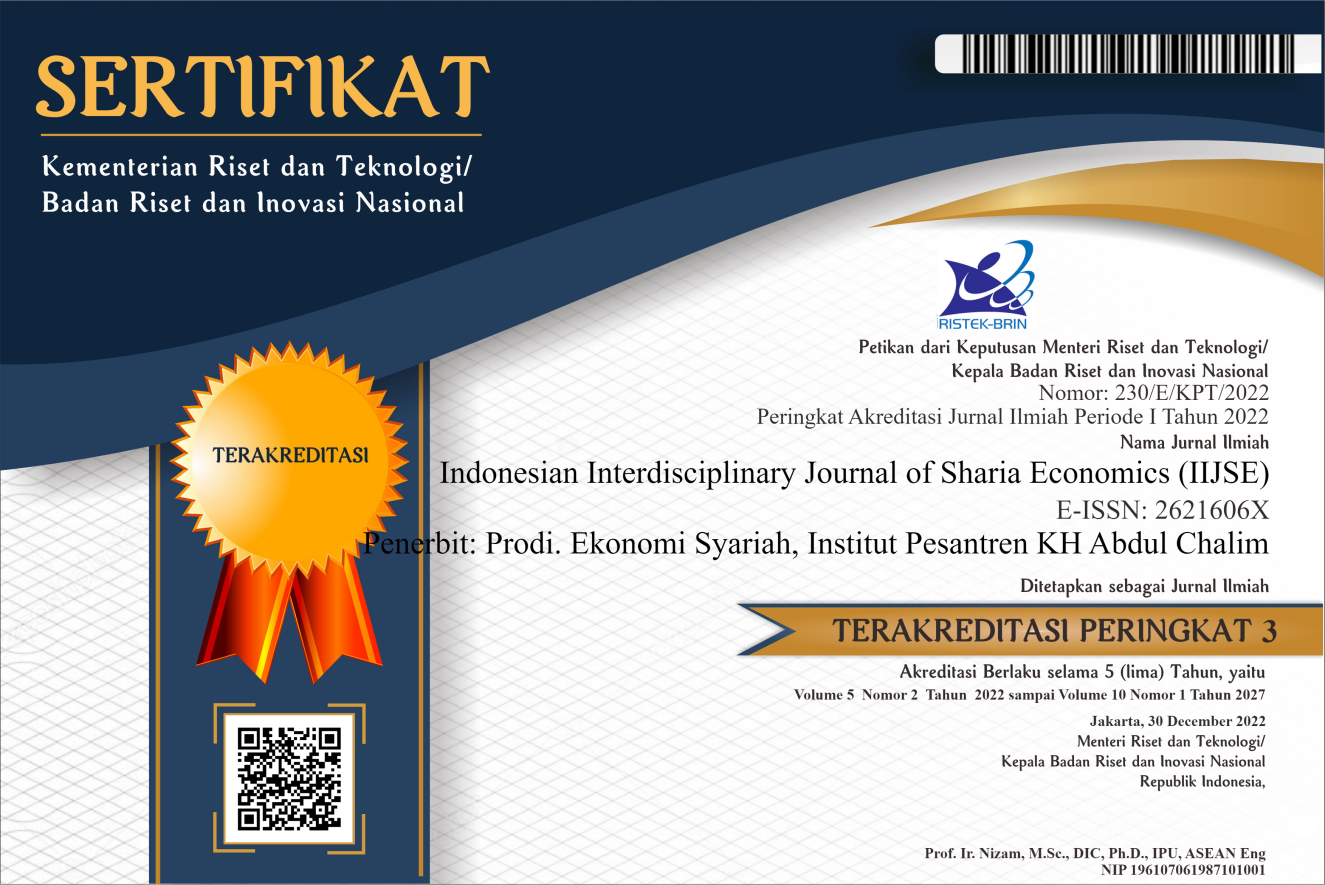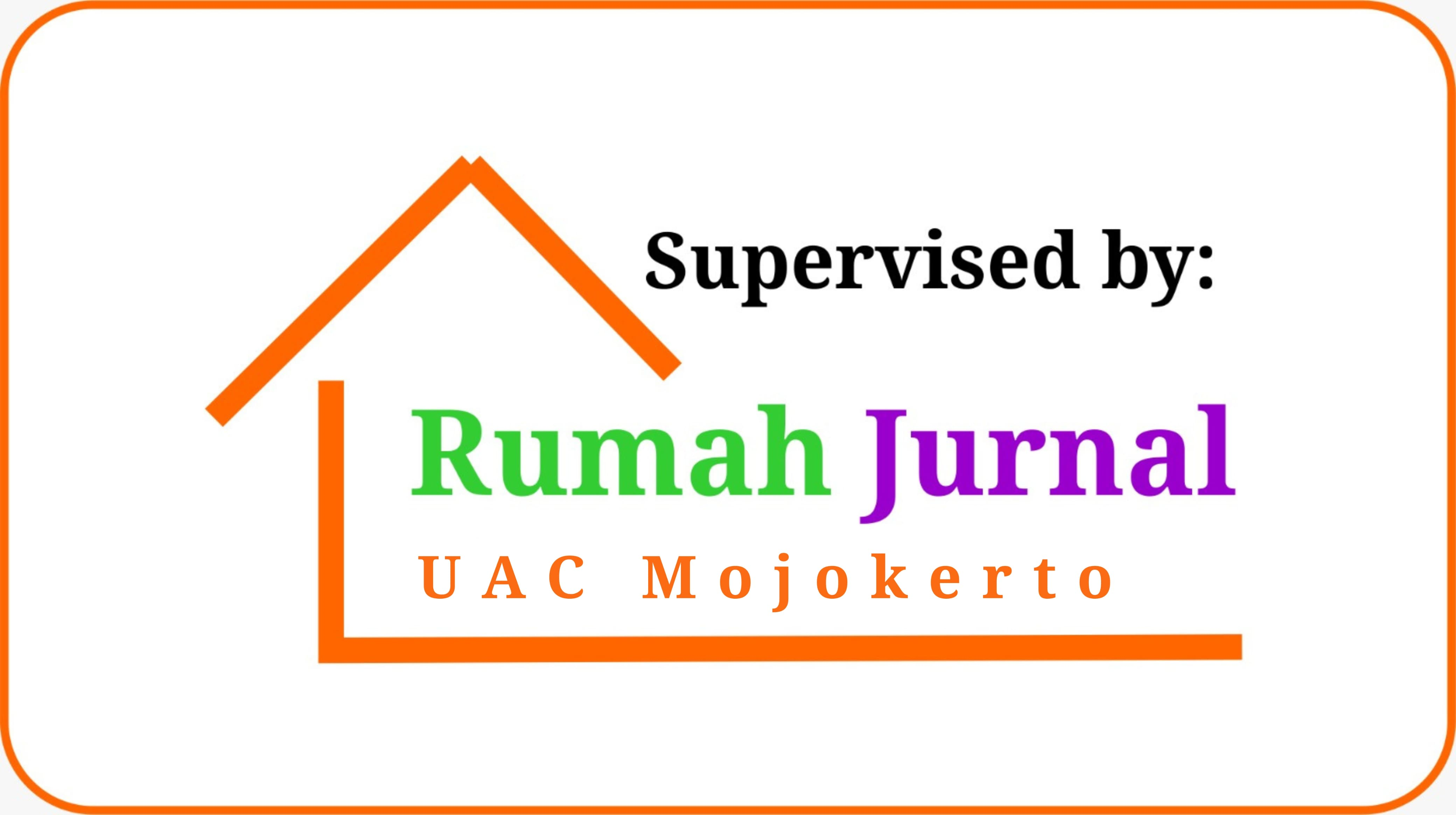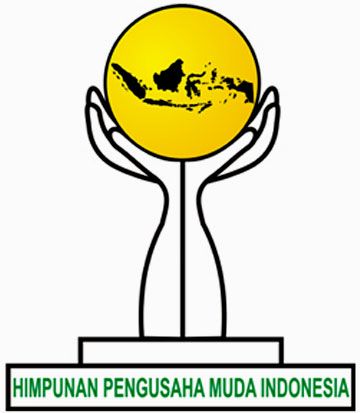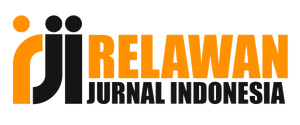Optimization of Waqf Development through the Quadruple Helix Model for Social and Economic Development in Dayah Malikussaleh North Aceh District
Abstract
The problem in this research focuses on the suboptimal development of waqf in Dayah Malikussaleh, North Aceh Regency, due to the lack of integration between local government, academics, waqf management institutions, and civil society. The problem formulation studied includes: (1) The role of local government in integrating stakeholders for waqf development; (2) How to increase the active role of all stakeholders through the quadruple helix model; (3) Effective strategies that can be implemented by the government, business people, educational institutions and the community in developing waqf; (4) Evaluation of the positive impact of the quadruple helix model in managing waqf on the social and economic development of society. The research method used is a qualitative study with a descriptive approach. Data was collected through in-depth interviews, observations, and document studies involving various stakeholders, including local government, academics, waqf management institutions, and the community. The research results show that local governments play a strategic role in integrating various stakeholders for waqf development. Through discussion forums and outreach, the government unites the vision of all parties following the Stakeholder Theory.
Downloads
References
BWI. (2019). Waqf Smart Book. Indonesian Waqf Board.
BWI. (2023). Get to know the Duties and Functions of the Indonesian Waqf Board. https://www.bwi.go.id/8805/2023/05/08/mengenal-tas-dan-function-badan-wakaf-indonesia
Haryono, E. (2021). Four Important Steps in Productive Waqf Transformation. https://www.bi.go.id/id/publikasi/ruang-media/news- release/Pages/sp_2312021.aspx
Park, H. W. (2014). Transition from the Triple Helix to N-Tuple Helices? An interview with Elias G. Carayannis and David F. J. Campbell. Scientometrics, 99(1), 203–207. https://doi.org/10.1007/s11192-013-1124-3
Prastowo, A. (2011). Qualitative Research Methods in Research Design Perspective. Ar-ruzz Media.
Sidi Gazalba. (1983). Masjid Pusat Ibadah and Islamic culture. Jakarta: Pustaka Antara.
Sugiyono. (2018). Quantitative, Qualitative, and R&D Research Methods. Bandung: Alphabeta. Suyitno. (2018). Qualitative Research Methods: Concepts, Principles, and Operations. In Akademia
Pustaka.BWI. (2019). Waqf Smart Book. Indonesian Waqf Board.
Olivia, H. (2021). Determinants of the Quality of Baznas Financial Reports in North Sumatra. Journal of Chemical Information and Modeling
Uswatun Chasanah. (2025). Management of Baitulmaal Muamalat (BMM) East Java Representative in Management of Productive Waqf in the Real Sector. Majapahit Journal of Islamic Finance and Management, 4(2), 228 –. https://doi.org/10.31538/mjifm.v4i2.329
Copyright (c) 2025 Mukhlis Mukhlis

This work is licensed under a Creative Commons Attribution-ShareAlike 4.0 International License.
Authors who publish with this journal agree to the following terms:
- Authors retain copyright and grant the journal right of first publication with the work simultaneously licensed under a Creative Commons Attribution License that allows others to share the work with an acknowledgment of the work's authorship and initial publication in this journal.
- Authors are able to enter into separate, additional contractual arrangements for the non-exclusive distribution of the journal's published version of the work (e.g., post it to an institutional repository or publish it in a book), with an acknowledgment of its initial publication in this journal.
- Authors are permitted and encouraged to post their work online (e.g., in institutional repositories or on their website) prior to and during the submission process, as it can lead to productive exchanges, as well as earlier and greater citation of published work.


